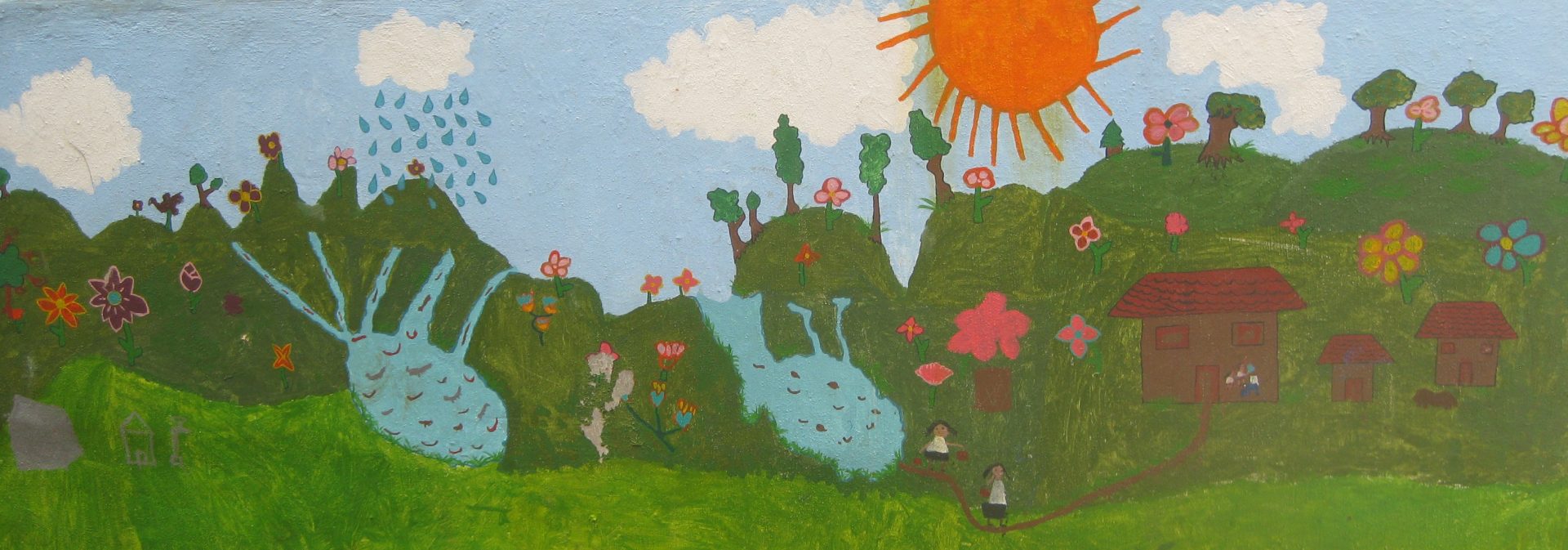Since last blog, I have experimented more with Moringa and started trials with nopal (Cactus, Opuntia). But more importantly, I found new fruit! I was worried that I had run out after a couple weeks without seeing anything new, but thankfully I was very wrong.



Zapote blanco (white sapote) on the left, paterna (ice cream bean) in the middle, Monstera on the right
First up, Ana and I went to San Juan Chamula, an indigenous village about a half-hour colectivo ride from San Cris. Here, we saw a very interesting church, and a small market off the main square. The market was very similar to the sights and smells of El Mercado Viejo, with one notable exception: a new fruit. When I bought this sapote, I thought it was the zapote negro, or the chocolate pudding fruit, which was the fruit that started my bucket list. Alas, when we got back home and I had thoroughly disinfected the fruit with Microdyn, it turned out to be the zapote blanco, or white sapote. I was disappointed, but I hadn’t tried zapote blanco either and decided to give it a shot.
That was a mistake — zapote blanco is unequivocally the worst fruit I’ve had here. The texture is grainy and unsatisfying, while the flavor is reminiscent of bitter cough syrup. I wouldn’t recommend it, though I have been told that it’s a bit of an acquired taste.
Next, I stumbled upon paterna, or the ice cream bean, in the local market (Mercado Viejo) here in San Cristóbal. These are native to the highlands of Bolivia and Colombia, so I was pleasantly surprised to find them here. The white fluffy flesh surrounding the green beans is said to taste like vanilla ice cream-flavored cotton candy, and I have to agree. This has quickly become one of my favorite fruits, and I’m definitely going to miss it when I head back.
Lastly, the scaly corncob-looking things in the rightmost picture are the fruit of Monstera deliciosa, a common houseplant that fruits only in tropical climates. I actually found this plant in our front yard! What are the odds? Monstera is supposed to be one of the best fruits out there when the scales fall off (a sign of ripeness), but contains a dangerous amount of oxalic acid when unripe. I’m hoping that these fruit ripen before we leave next week, or I might have to risk the oxalic acid.
Moving from fruit to travel, this past weekend I walked around San Cris and finally took the trip to Palenque and Agua Azul.


View of San Cristóbal from the trail at Moxviquil, and one of the orquidearios
On Saturday, I walked a couple miles to Moxviquil, a nature sanctuary on the north side of town. Moxviquil is known for its orchids, which are not in bloom during the summer :(. That said, the view of the city from the hiking trail made the trip more than worth it.
On Sunday, I woke up at 3am to catch a tour headed to Palenque — I didn’t get back to the house until around midnight. Despite the long day, I met some interesting people and saw some spectacular sites.




Clockwise: Agua Azul, Palenque, Agua Azul with rainbow, Misol-Ha
Back to work, last week I conducted my final Moringa trial and started prepping the nopal (cactus) for experiments this week. The initial nopal results are… less than promising — both trials performed worse than pure sedimentation. I plan to try a couple different preparation methods later this week and next week to see if that has any effect. On the bright side, the last set of Moringa trials had a flocculation efficiency very close, within 1%, of aluminum sulfate. Next week, I’ll try scaling up these flocculation protocols in Cántaro’s experimental system at El Encuentro.


Prepared nopal on the left, trial on the right (nopal is in the top two jars)
As a bit of side quest, I headed out to Parque El Encuentro last Wednesday with Rubén, another one of our mentors, to repair the greenhouse in preparation for cultivating reed and cattails during the year. We replaced some of the PVC structure, added a new wooden support, and then sowed mesh onto the PVC frame. This was one of the hottest days in San Cris I can remember, though my memory may have been affected by working outside.
After finishing the greenhouse, we had to move the plants across the river that runs through El Encuentro. The plants were too wide to cross the bridge with, so Rubén and I played a game of pinball on the river to get the container of plants to the other side. After we got the plants to the other riverbank, we were confronted with a riverside cliff. We eventually got the container over the cliff with some help, but not before I took a tumble (or six) down the side of the cliff into the river. Hafsa captured the aftermath in the picture below. Lessons learned: find stable footing before lifting anything, mud comes out of jeans quite easily, and water does not come out of shoes quite as easily.


It’s hard to believe that we’re halfway through Week 9 of a 10-week internship. Next week, I plan to write a more reflective blog post that hopefully includes a Monstera update, but that’s all for now!

Thank you for sharing, Jayaker! I’m intrigued to see what you learn from your next set of tests with nopales and, you never know, you may still find a new fruit to add to your list…